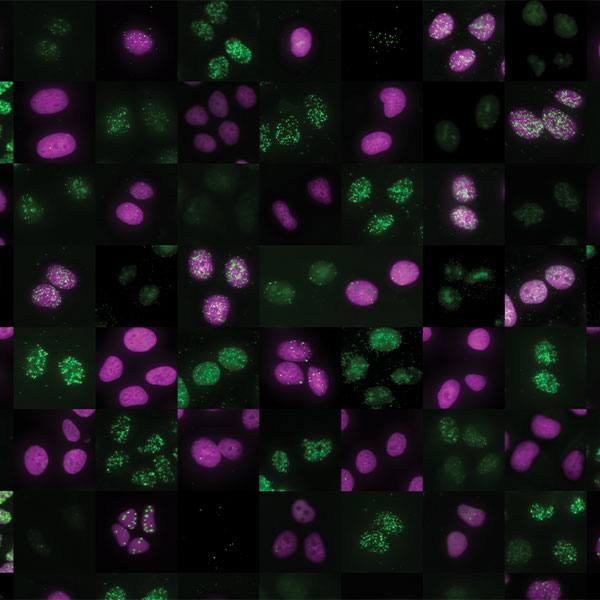-
Mayo Clinic Minute: How proton beam therapy can treat mouth cancers
HPV-related mouth and throat cancers are rising at an epidemic level, with tumors in these locations outpacing those from smoking, says Dr. Samir Patel, a Mayo Clinic radiation oncologist. A type of radiation treatment called proton beam therapy offers some advantages to traditional radiation treatment in these areas. Dr. Patel explains in this Mayo Clinic Minute.
Journalists: Broadcast-quality video pkg (1:00) is in the downloads at the end of the post. Please "Courtesy: Mayo Clinic News Network." Read the script.
Cancer in the mouth and throat can affect speech, swallowing, smell and taste. Dr. Patel says proton beam therapy's precision can help.
"Because we can reduce the radiation spray, thereby minimizing collateral damage," he says.
Proton beam therapy also may better eradicate some types of tumors. But how does it work compared to traditional photon-based radiation therapy?
"Imagine the tumor is a rock, and we need to paint this. You could use a spray gun and you'll paint the rock, but you will have splatter and paint spray around. Or you could take the rock and take a paintbrush, and, finally, in a detailed manner, paint the entire rock ... with no paint splatter," says Dr. Patel.
Cancers of the skull base, nasal cavity, sinuses, mouth and throat can all be good candidates for proton beam therapy.
"If they (patients) are a candidate for radiation therapy to the head and neck, then proton beam therapy will be a part of their discussion," says Dr. Patel.
That discussion will include a team of surgeons and oncologists to determine best treatment options for a patient. Along with being more precise, proton beam therapy has other advantages, including significant reduction in side effects, fewer hospitalizations and more rapid return to activities.
Related posts:
- Mayo Clinic Minute: Why you need to get the HPV vaccine now
- Mayo Clinic Minute: The rise of HPV-related throat cancer
- Mayo Clinic Q&A: Throat cancer symptoms







